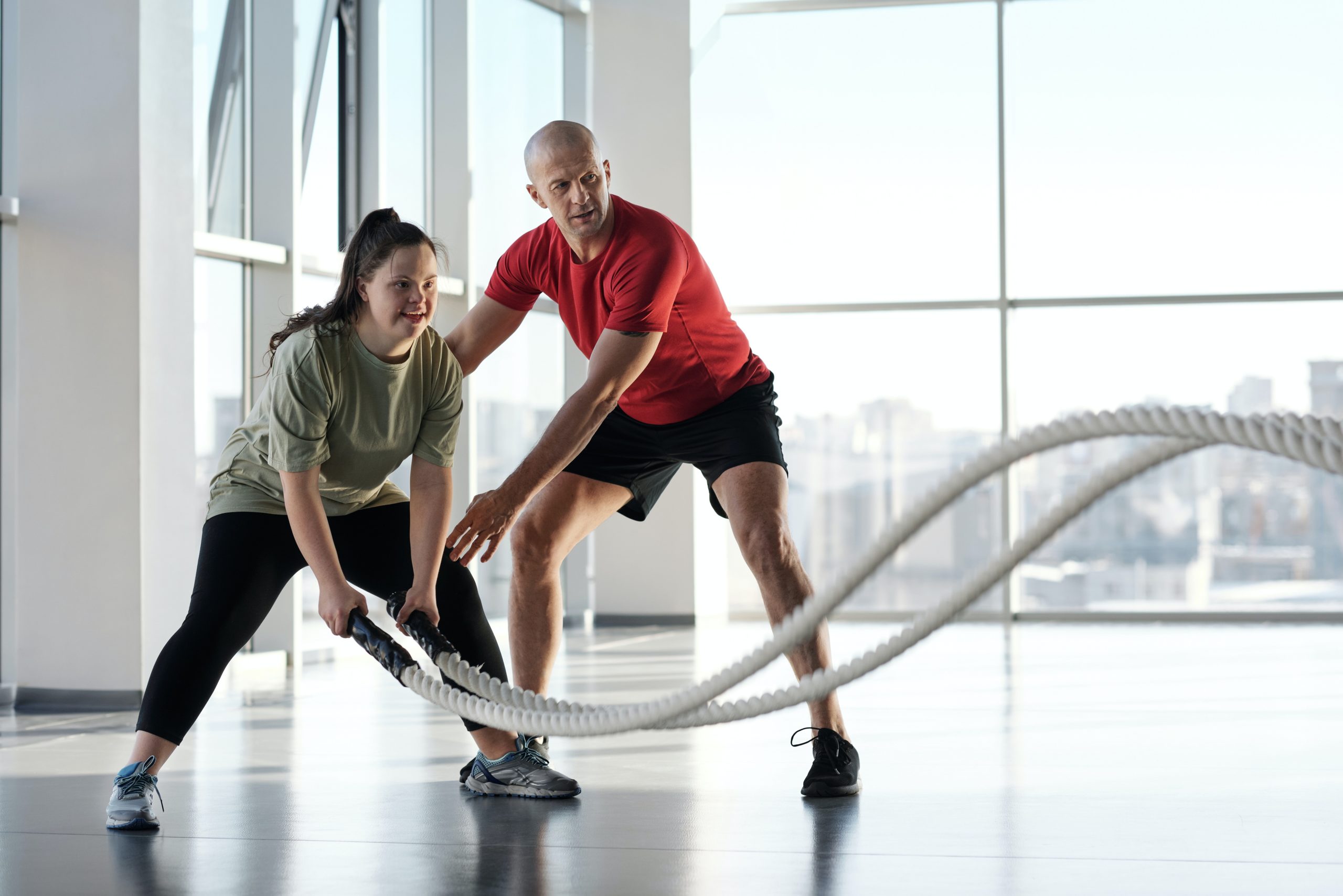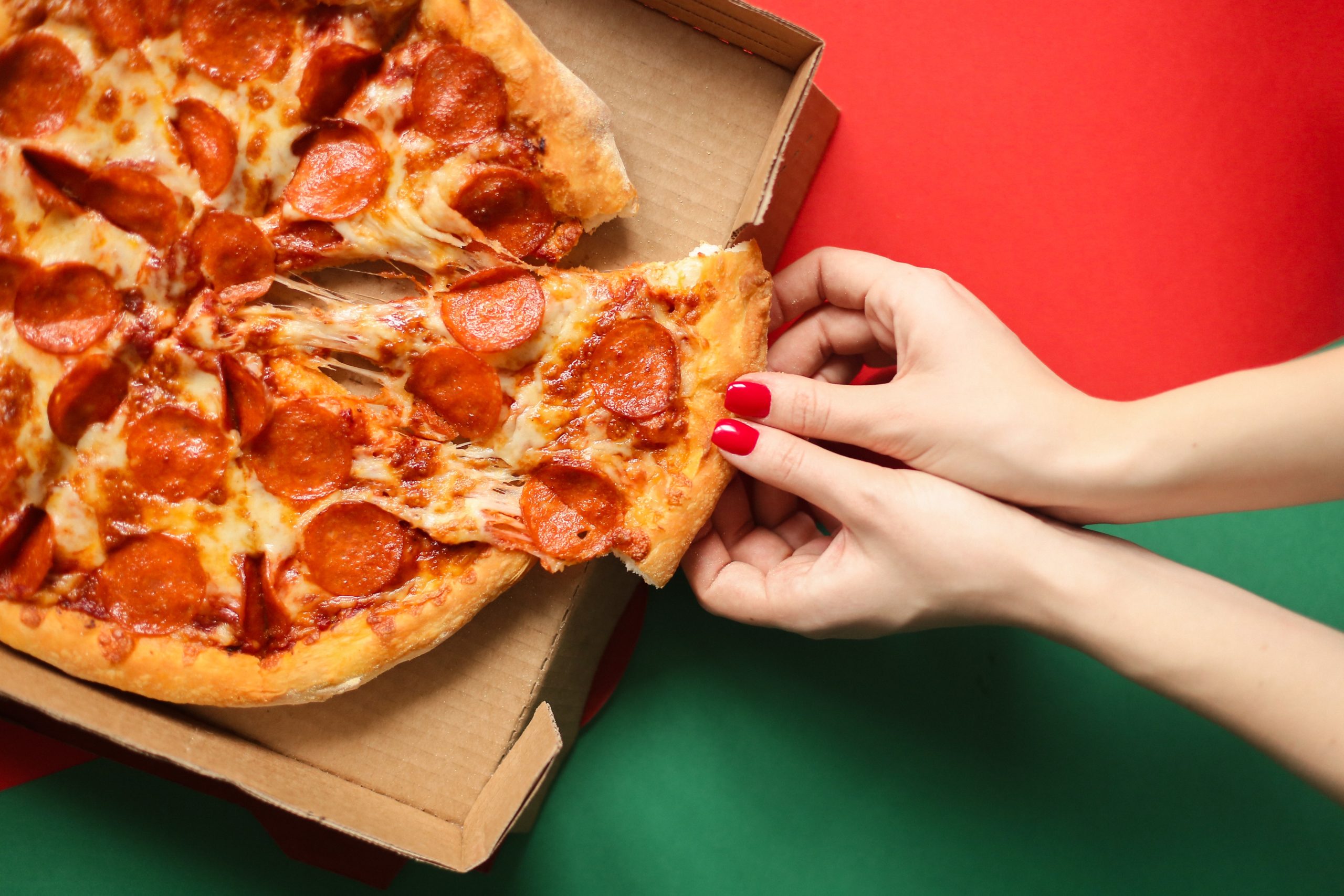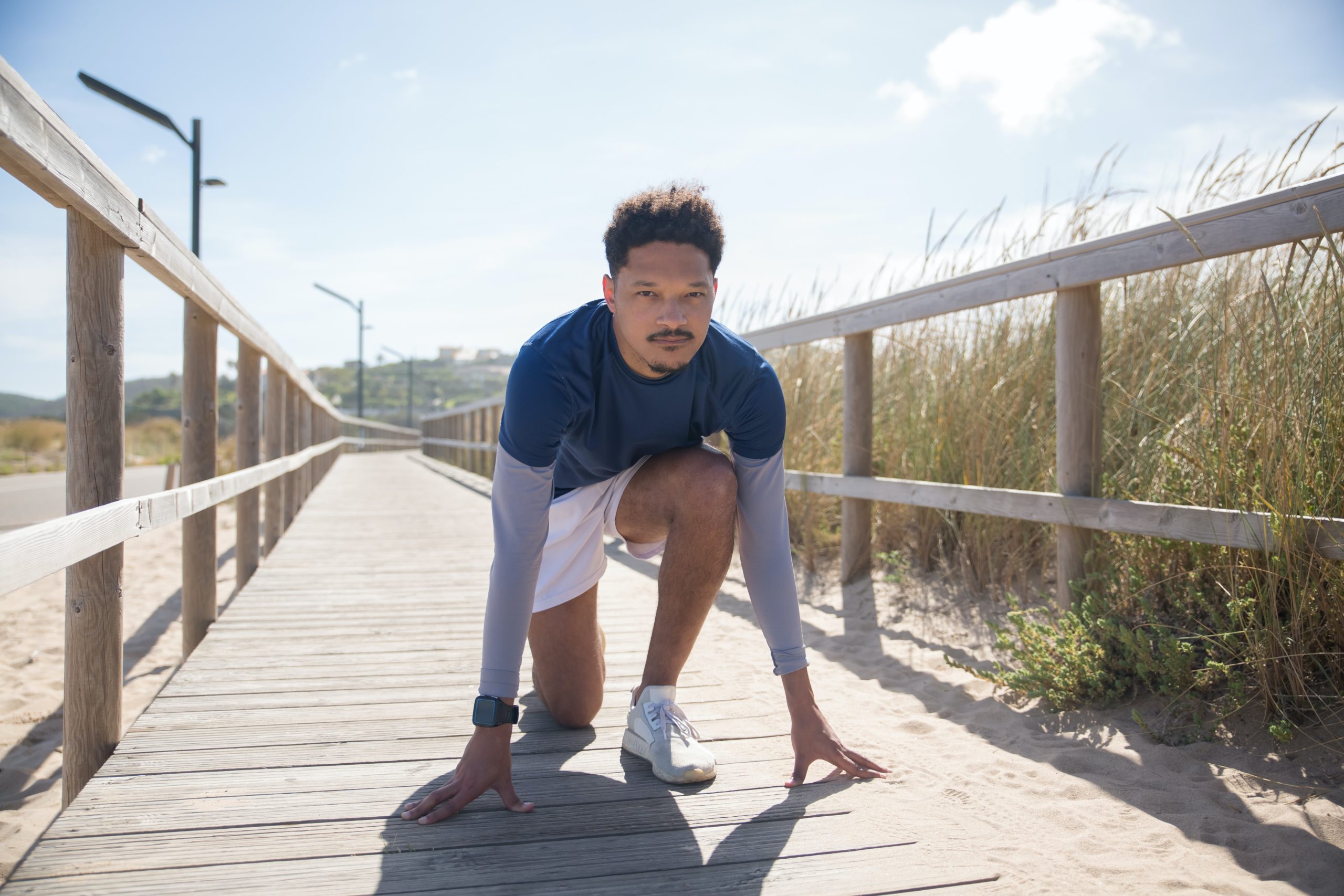How much exercise do you need? Physical activity is an essential component of a healthy lifestyle, and regular activity can provide many benefits for the body and mind. However, there is often confusion about how much exercise is necessary to achieve these benefits.
How much exercise you need varies depending on the individual’s goals, fitness level, and other factors. In general, however, the American Heart Association recommends that adults engage in at least 150 minutes of moderate-intensity aerobic activity or 75 minutes of vigorous-intensity aerobic exercise per week.
Moderate-intensity aerobic activities include brisk walking, cycling, or swimming. This type of exercise should cause a noticeable increase in heart rate and breathing, but individuals should still be able to carry on a conversation. Examples of vigorous-intensity aerobic activities include running, high-intensity interval training (HIIT), or playing sports such as basketball or soccer. This type of activity should cause a significant increase in heart rate and breathing, and individuals may find it difficult to carry on a conversation.







